Buy Celestine Blue (1562-90-9) MF: C17H18ClN3O4 | MW: 363.8. Get High Quality Celestine Blue (1562-90-9) from Tristains.
Celestine Blue is a blue colored powder. Celestine Blue is a synthetic dye that belongs to the class of sulfonated copper phthalocyanine dyes. Its chemical formula is C17H18ClN3O4. Celestine Blue is also known as Mordant Blue 14. Celestine Blue dye is used with iron-aluminum complex as a substitute for hematoxylin in H-E (hematoxylin-eosin) staining. What makes it special is its resilience to low pH solutions (acids), unlike standard hematoxylin solutions. Celestine Blue may have applications as a biological stain in certain research or laboratory settings. Celestine blue has an absorption maximum of 642 nm. It is known for its bright blue color and has various applications in different industries.
“TriStains”, Histological Stains/Biological Stains that offer range of stains used in Histology, Cytology, Microbiology and Hematology laboratories. TriStains meet the highest quality standards and give excellent color performance of desired components of cells and tissue in life science laboratories. TriStains series products are carefully tested to ensure accurate, reliable, and reproducible results. Our products are available in different packaging sizes to allow you to get all types of stains & Indicators for your specific purposes from a single source.
In-addition Tristains also deals in numerous Laboratory Supplies, Chemicals, Equipment, Instruments, Reagents, Standard Solutions, Buffers, Histological Stains/Biological Stains & Indicators and many more, for more information please visit our website www.tristains.com or email to sales@tristains.com we will be happy to help you. All Tristains Products are exclusively distributed by Dawn Scientific Inc (https://dawnscientific.com)
Application :
- Celestine Blue may be substituted for hematoxylin in hematoxylin and eosin procedures.
- It is an oxazine dye and is used in combination with the alum hematoxylin, as a nuclear stain. It gives good nuclear definition and is resistant to strong acid dyes.
- It is commonly used for routine staining of fixed sections.
- It has been used as a new electroactive indicator in DNA biosensors.
Benefits :
- Used as hematoxylin substitute
- Gives good nuclear definition and is resistant to strong acid dyes
- Gives accurate and reliable results
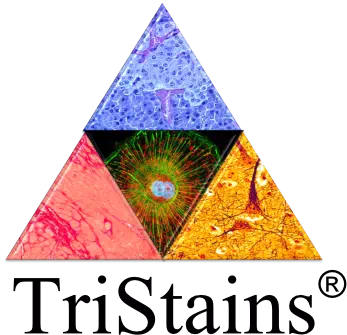
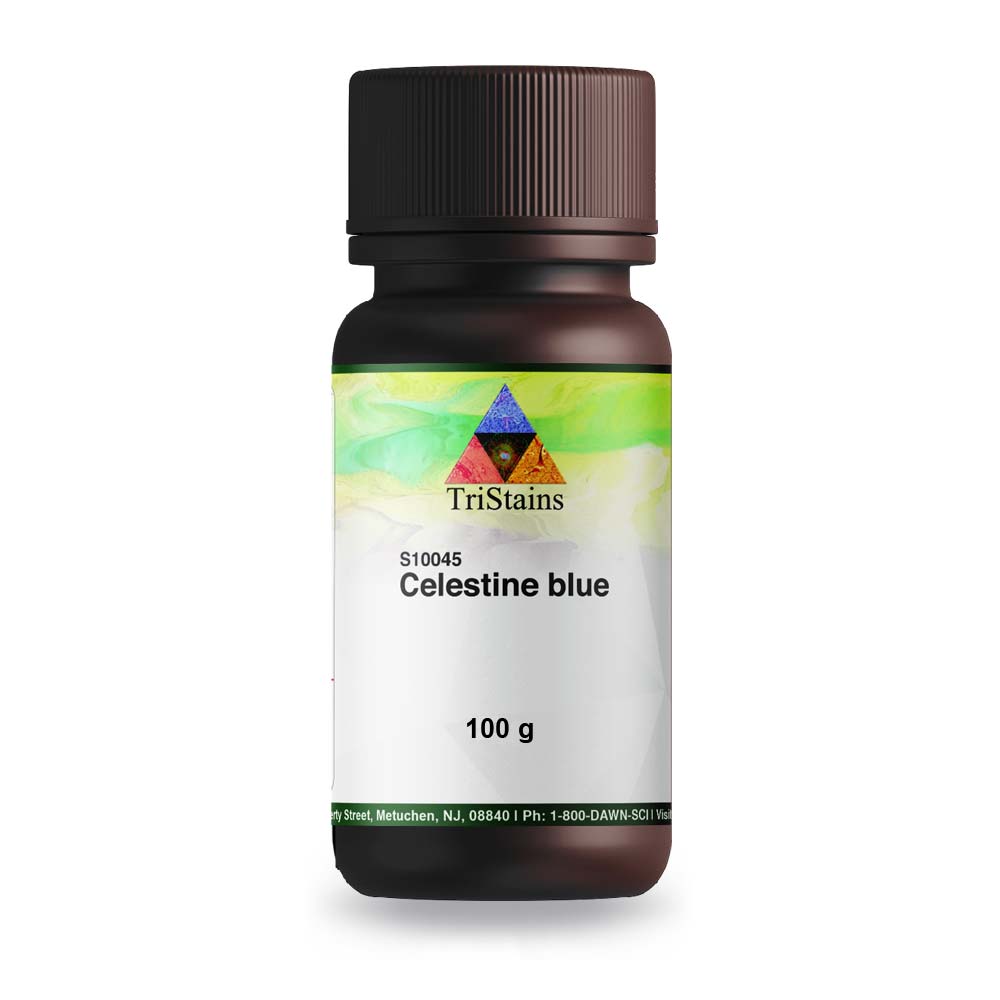

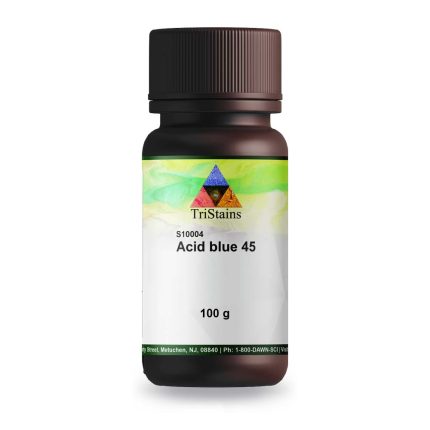
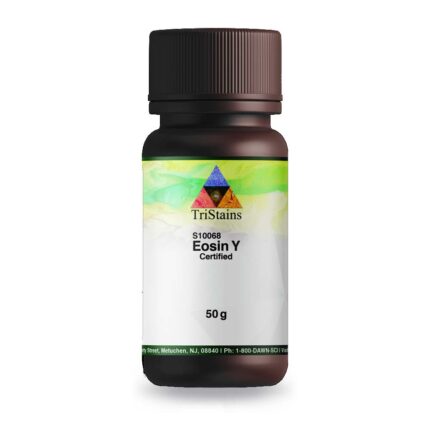
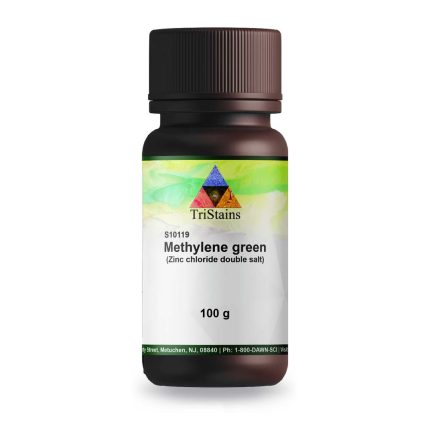
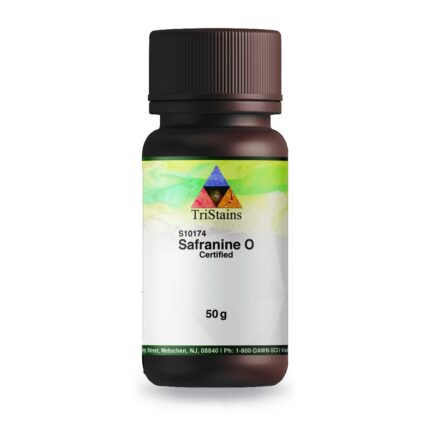

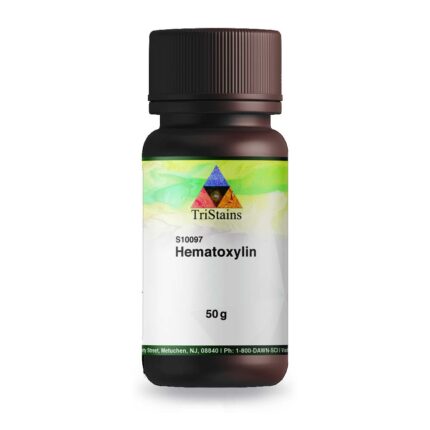
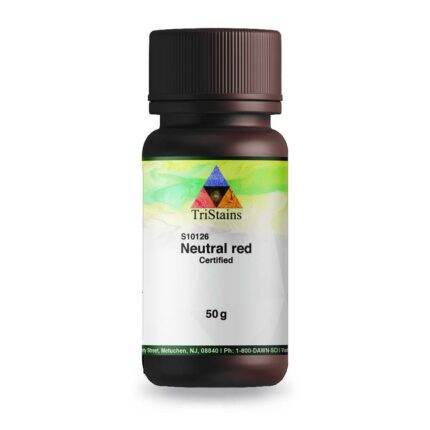




Reviews
There are no reviews yet.